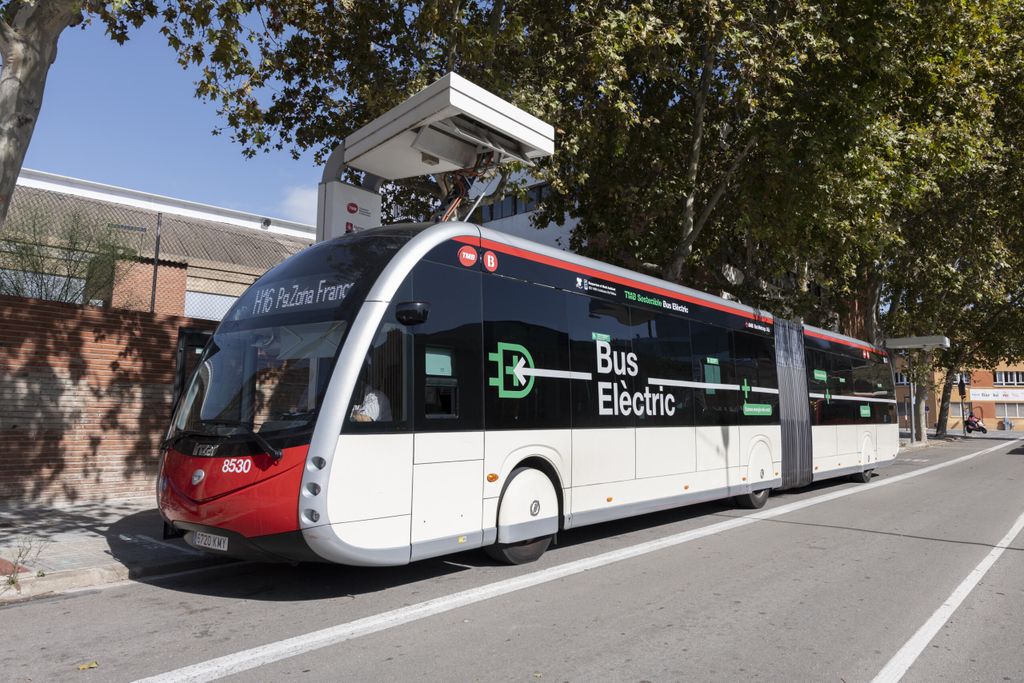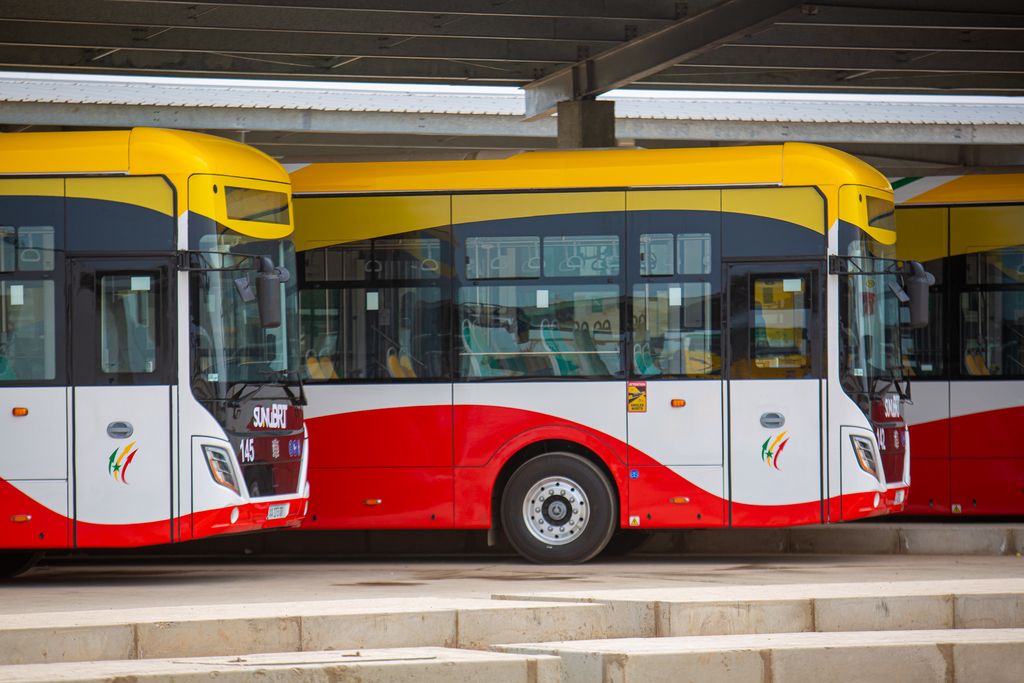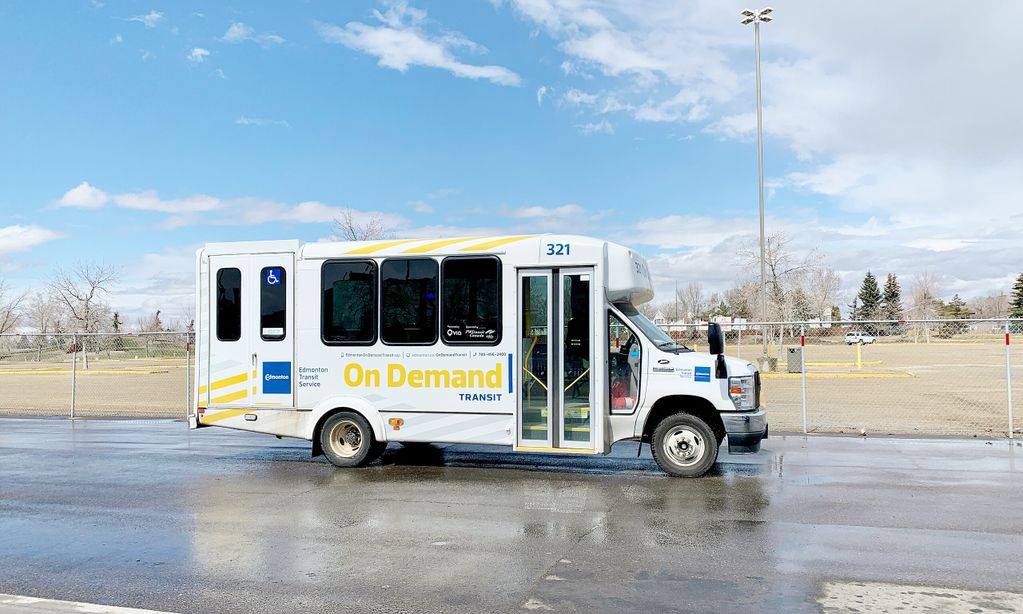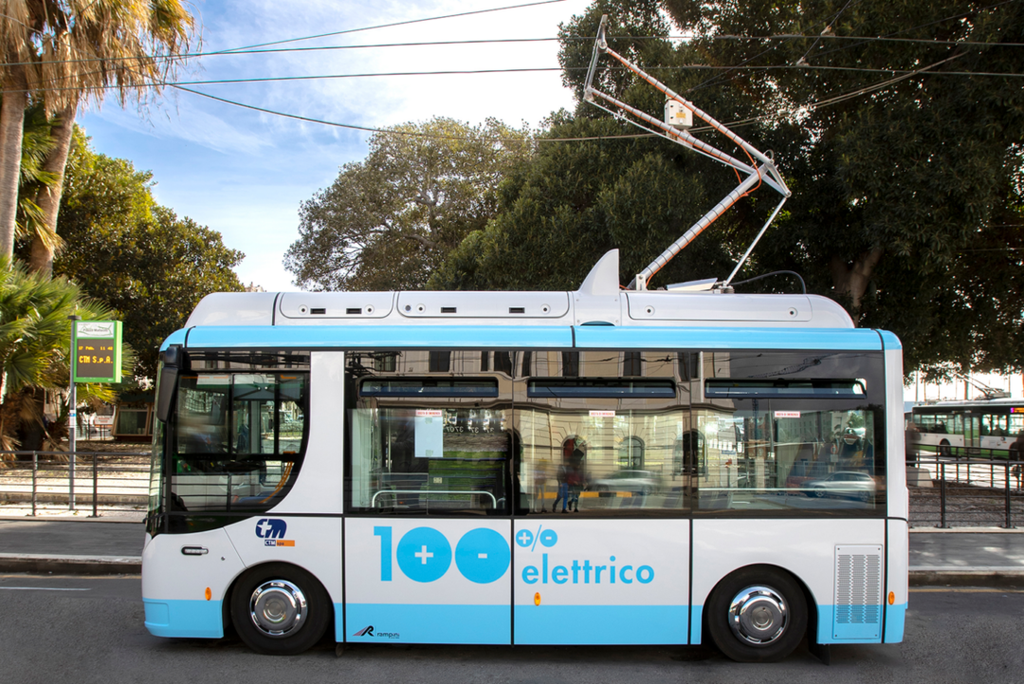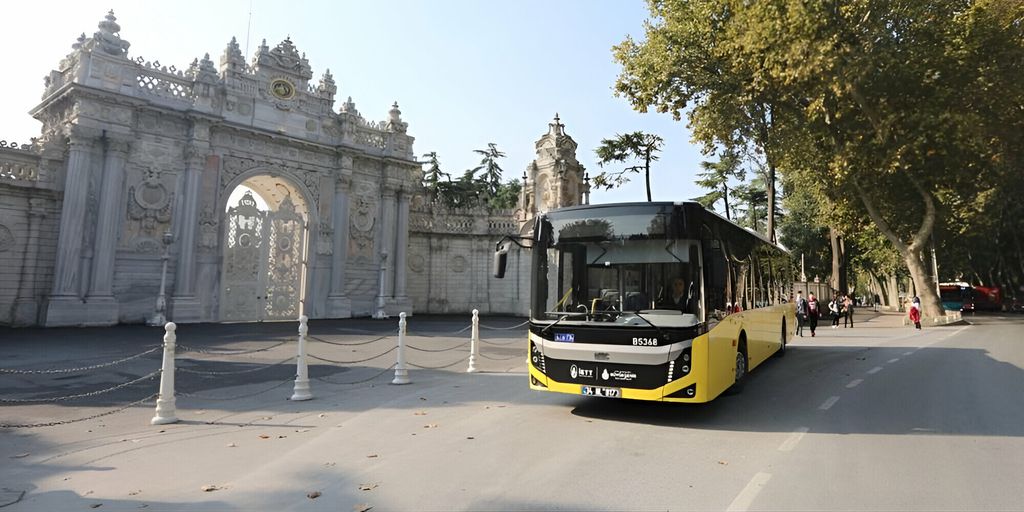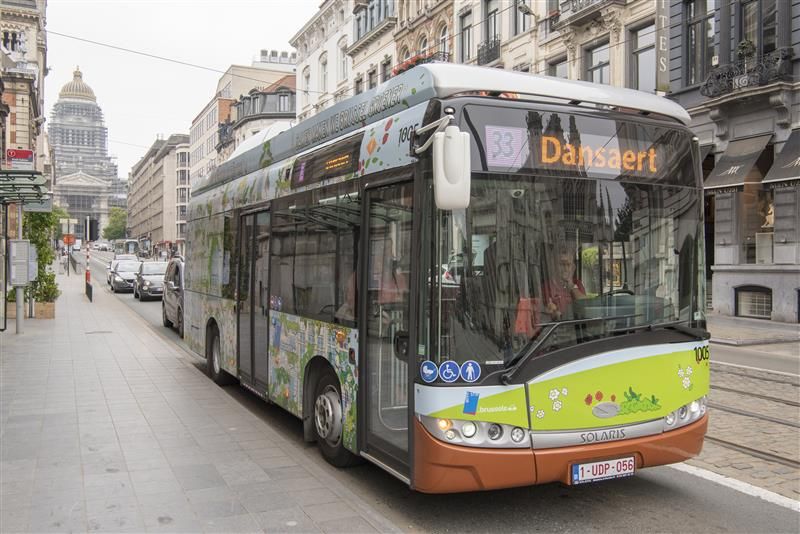
The TUMI E-Bus Mission is on a quest to advance e-bus deployment across the globe
TUMI wants to create a global community advancing e-bus deployment
Air and noise pollution are among the most pressing problems in today’s cities, and many cities around the world are putting the spotlight on electric mobility as their solution.
Kicking off in 2021, the TUMI E-Bus mission project wants to support cities across the world in their transition towards electric bus deployment. TUMI is funded by the German Ministry for Economic cooperation and Development (BMZ) and joins a core group of organisations, including UITP and the Deutsche Gesellschaft für Internationale Zusammenarbeit (GIZ).
Inspiring cities to become healthier
The TUMI E-Bus Mission will support 20 ‘deep dive’ cities in their transition towards electric bus deployment, and national and regional core groups will help to upscale these efforts to 100 mentee cities until the end of 2022.
Until 2025, 500 cities will be inspired, and these actions will lead to the procurement of more than 100,000 e-buses, resulting in a reduction of more than 15 megatons of CO2 emissions. The increased demand for e-buses worldwide will accelerate the technology maturation and mass roll-out of the technology.
UITP kicked off TUMI activities in Nairobi
One of the deep dive cities of TUMI is Nairobi, Kenya. Last March, UITP held an introductory workshop kicking off TUMI’s E-bus Mission activities in the city, with the support of the African Association of Public Transport (UATP), the UITP Reginal Office for Africa in Côte d’Ivoire. We sat down with Mr. Yssoufou Cisse, Manager of the UATP, to take a closer look to how TUMI is defining a clearer path towards a more sustainable Nairobi.
Can you tell us what are the biggest challenges you see in Nairobi today and how TUMI could tackle them?
A key challenge in Nairobi is the rapid increase of urban mobility demand in combination with the fact that urban buses are predominantly powered by older technology diesel engines. This means that urban buses are 1% of all on-road vehicles, but account for 25% of black carbon emissions (soot). Moreover, the age of buses is between 12-23 years, while the used vehicles import and sale are unregulated.
Some first e-mobility initiatives have already launched in Kenya. For example, the start-up BasiGo launched the first e bus with operator City Hoppa earlier this year, and operator KBS is currently in discussion with the government about developing e-bus charging infrastructure in Nairobi.
A further transition to e-buses will have a positive impact on commuters and the general public health as it will reduce air pollutions as emitted by public transport. In addition, public transport operating cost will be lower, and therefore could have a positive financial impact to both the local government and the passengers.
Can you tell us a bit more about UITP’s role in TUMI’s Nairobi activities?
UITP acts as Project Manager and facilitator of relationships and logistics with the Nairobi Metropolitan Area Transport Authority (NAMATA), GIZ and other stakeholders. The kick-off workshop we held in March was a dialogue between them, in which we discussed the implementation plan of activities in Nairobi.
These activities include technical and expert assistance to create a gap analysis for clean bus deployment strategies, support in tendering of clean buses, but also capacity building such as training sessions and study tours. Capacity building is necessary to enable a functional bus rapid transit system.
For African cities, key measure of progress for the next five years is to develop an e-mobility fleet strategy that will specifically identify the city vision, identify its status, design a road map to reach its vision and identify clear funding mechanisms.
Where do you hope to see the city in 5 years’ time?
For African cities, key measure of progress for the next five years is to develop an e-mobility fleet strategy that will specifically identify the city vision, identify its status, design a road map to reach its vision and identify clear funding mechanisms.
Alike some cities in Africa, like Kampala, Dakar, Abidjan, Nairobi has already commenced with the development of this strategy and therefore will be in a good position to introduce electric buses in its public transport operations over the next five years.
exclusive resources


